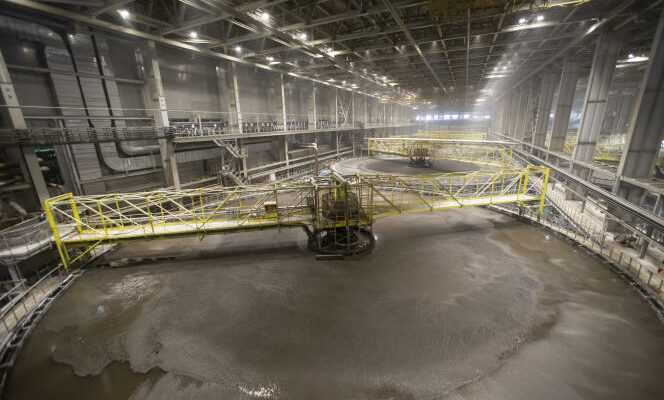More than 1,000 euros per tonne of nitrogen fertilizer, the most popular. Unheard of, according to the agricultural world. Russia’s invasion of Ukraine on February 24 helped to inflame prices for plant fertilisers. A situation that is not without risk. Between fears of shortages and worries about not being able to pay high prices for fertilizers, the dilemma darkens the prospects for the production of cereals, and in particular wheat, on the planet.
With the war, the agricultural world discovered its dependence on Russia, phytosanitary products being the most striking example. Firstly because it is a major producer and exporter. “ Russia is the world’s second largest exporter, behind China and ahead of Qatar. confirms Thierry Pouch, economist of the chambers of agriculture. Then, and perhaps in a more structural way, through its gas production. These fertilizers are, in fact, made from ammonia, obtained by combining nitrogen from the air and hydrogen from natural gas. However, most of the cost of producing ammonia is linked to that of this hydrocarbon.
The fate of Europe is particularly linked to Russia, insofar as 40% of the gas supply of the EU-27 currently comes from this country. But also a quarter of the purchases of nitrogen, potash and phosphate on which the plants feed. “ In France, we import 70% of our needs, but Russia’s share is limited », explains Nicolas Broutin, CEO of the French subsidiary of the Norwegian fertilizer manufacturer Yara.
He believes that the general public has discovered “ that food was made from gas” in the fall of 2021, during the first energy shock. After the economic recovery following the Covid-19 pandemic, the prospect of war in Ukraine has only accelerated increases in the cost of energy and raw materials. To the point that some fertilizer manufacturers slowed down their European production, in particular of ammonia, at the end of 2021, like the Yara factories.
“Tensions and slowdowns in production”
Fertilizer prices have started to soar. Especially since China has decided to limit its exports to favor its domestic demand and try to curb this inflation. “ I buy my nitrogen fertilizers in the fall. In 2020, I paid them 270 euros per ton. A year later, the price was 450 euros per ton », testifies Gilles Menou, cereal farmer in the Beauce. “ To make the fertilizers profitable, the wheat had to be sold between 250 and 270 euros,” specifies Thierry Pouch. The ton of wheat is trading today at 360 euros on the European market place Euronext.
You have 61.99% of this article left to read. The following is for subscribers only.
